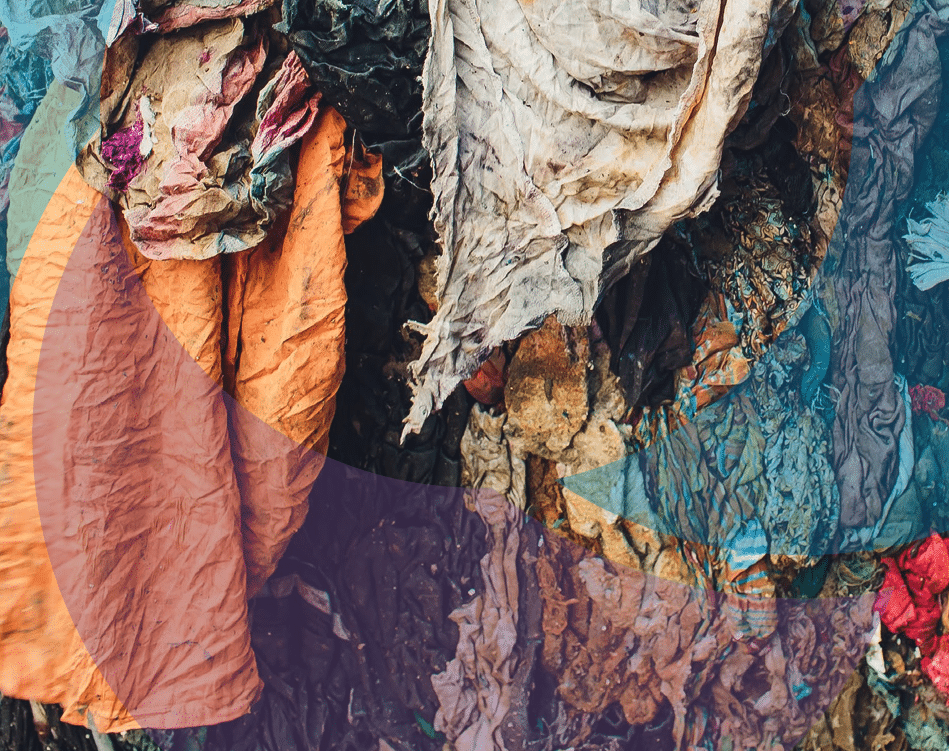
Why does fashion need regenerative agriculture?
Yes, our clothes have a link with agriculture! Accelerated soil degradation and global warming have been caused by an unprecedented anthropogenic effect. It’s up to us to reduce the degradation of soils and ecosystems. For example, by choosing to eat food produced in a responsible and regenerative way. The fashion industry, which generates ten per cent of the world’s greenhouse gases that have a negative impact on the environment, is making a particular effort to implement regenerative fashion. So, what is regenerative fashion? So, what is regenerative fashion?
Regenerative fashion is linked to the circular economy
Regenerative agriculture, which focuses on the quality of the land, involves working with nature by prioritizing soil, biodiversity and the holistic restoration of ecosystems. Different crops are strategically planted to help others grow without the use of pesticides or synthetic fertilizers.
In this way, regenerative agriculture can help combat soil degradation and provide sustainable jobs and economies for farming communities. In fashion, from a regeneration perspective, this brings us to the materials from which our clothes are made. Specifically, natural textile fibers and their cultivation processes, such as cotton or linen.
Today, cotton production accounts for 25 per cent of the textile fibers grown in the world, and it is the second most widely used fiber after polyester (51 per cent), a synthetic fiber derived from petroleum. To alleviate the climate crisis, the fashion industry is seeking to integrate regenerative agriculture into the clothing production chain to make so-called regenerative fashion. Farmers, for example, grow cotton on a seasonal basis, in rotating plots, avoiding mono-culture and allowing cover crops to grow. In regenerative agriculture, the weeds that grow alongside the crop in question – and which would be extracted in traditional industrial agriculture – provide nutrients for the soil and keep it healthy.
Ask clear information to the fashion brands
In 2021, a report by the IPCC (Intergovernmental Panel on Climate Change) stated that “a substantial and sustained reduction in emissions of carbon dioxide (CO2) and other greenhouse gases would limit climate change”. Since the industrial revolution, extreme quantities of carbon have been released, and the earth’s natural cycle is no longer balanced. Regenerative agriculture would therefore help to combat climate change, as good quality soil absorbs much more carbon.
As discerning consumers, we must demand that fashion brands take responsibility for their collections and that the term Sustainable fashion is not used indiscriminately, just like the increasingly trendy term regenerative fashion, which attracts those who are fond of greenwashing… To do this, we need policies and working regulations that comply with industry standards.
In practice, when fashion brands claim to use natural fibers, it is necessary to examine their processes: how have the fibers been produced? What information is available to make an informed purchase? Do brands trace their supply chain to find out where their cotton comes from?
Blockchain, a tool for transparency
One of the ways in which companies can ensure the origin of the raw materials contained in their products is through blockchain. This decentralized information storage technology is a reliable way of tracing the supply chain and providing a clear response to consumer expectations.
Ultimately, regenerative fashion helps to mitigate the negative environmental effects of growing the raw materials for our clothes, but it is not the only solution to the climate crisis and the industry’s impact. The Kering Group and brands such as The North Face, Patagonia, Qwstion and Harvey & Mills have begun to make inroads in this segment.
Sources : Cotton a case of study of misinformation, The environmental price of fast fashion, What Is Regenerative Agriculture? A Review of Scholar and Practitioner Definitions Based on Processes and Outcomes, The New York Times, Crystalchain.
Photos : Pexels et Inuikii








